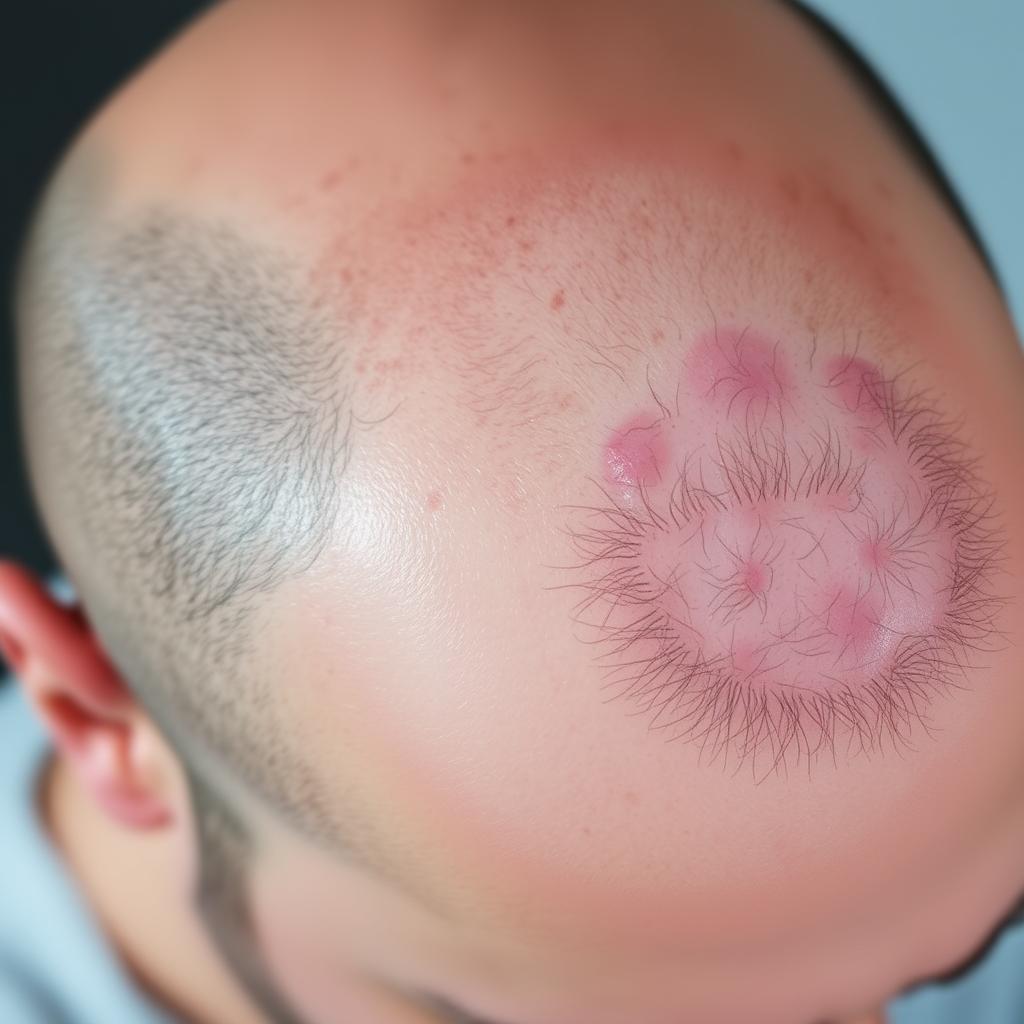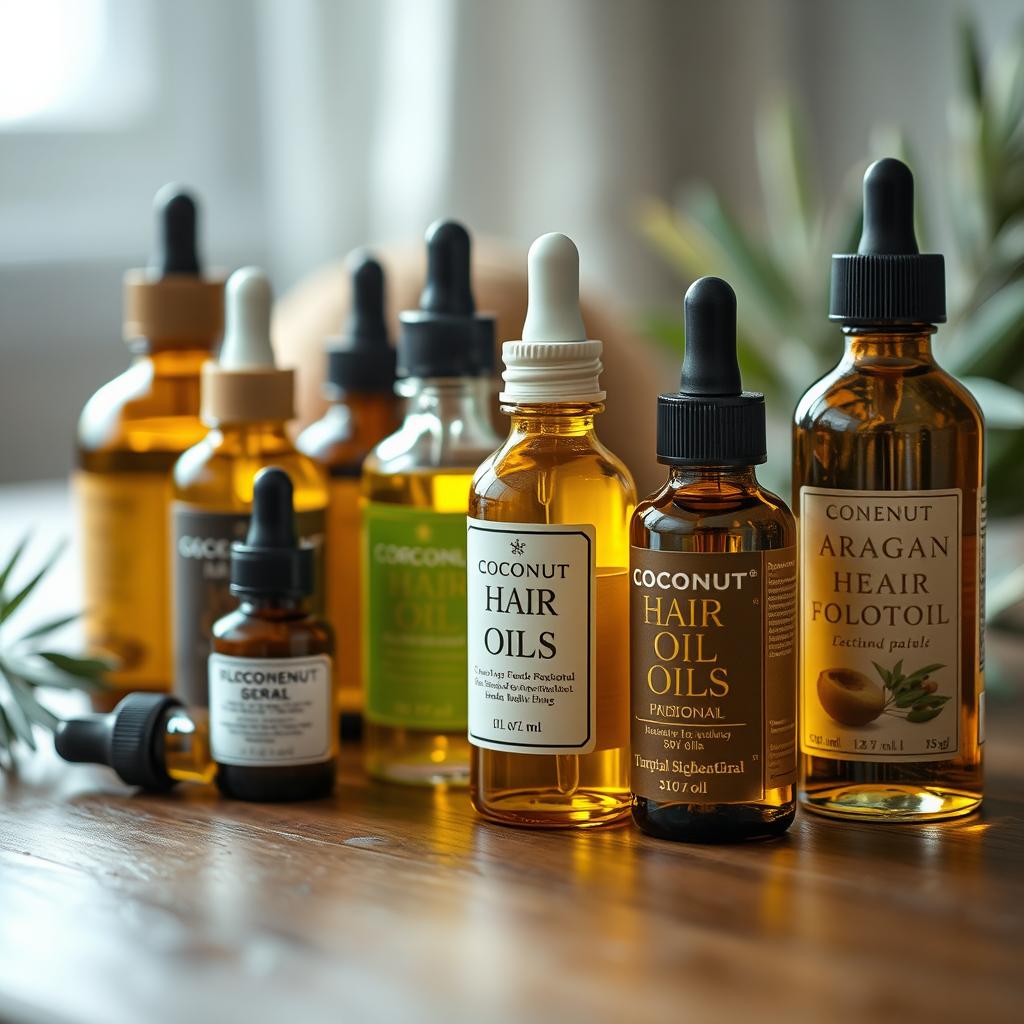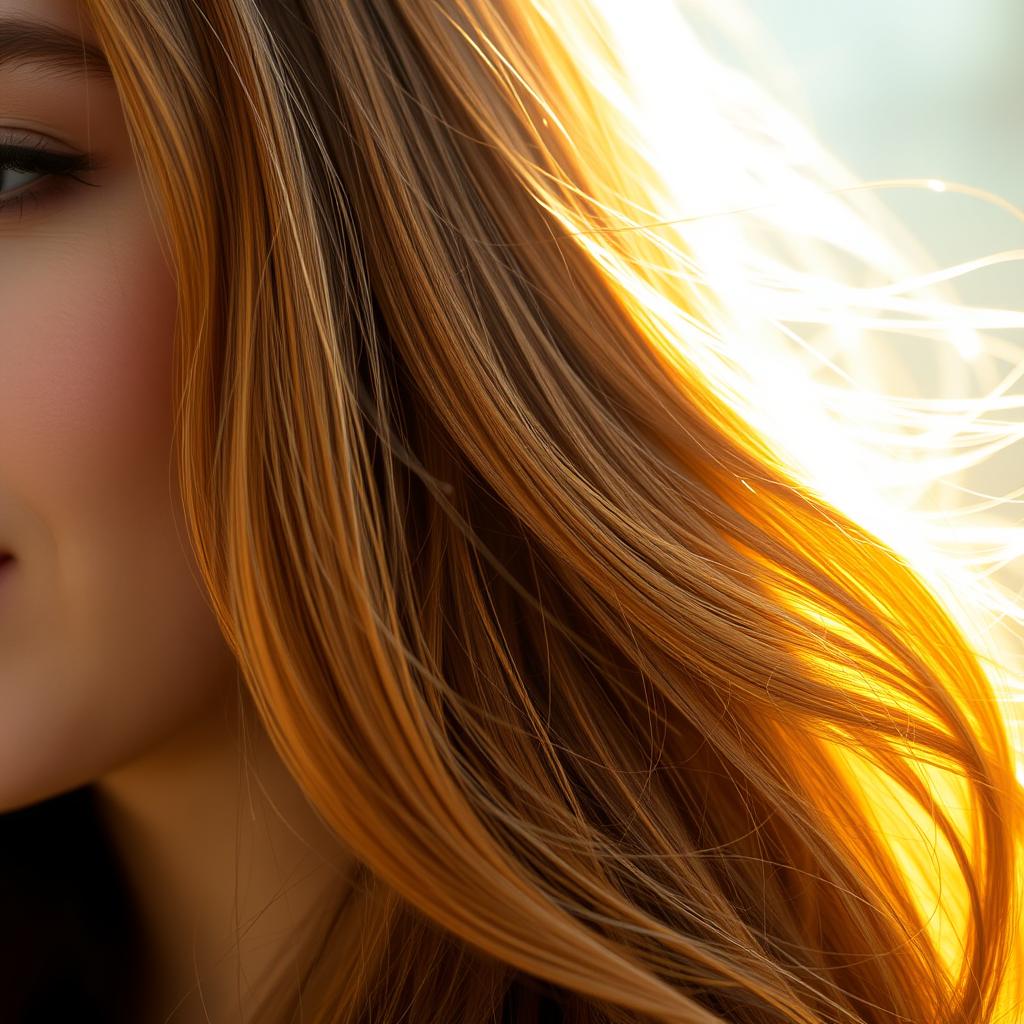Have you ever stopped to think about how your daily habits might be affecting your hair? We often don’t realize that our everyday routines can be silently damaging our locks, leading to unexpected hair loss. Tight ponytails, excessive heat styling, harsh shampoos, or even brushing your hair the wrong way can slowly lead to hair fall.
When we combine these habits with stress, poor sleep, or a weak diet, the problem can worsen. Hair loss comes in many forms, including female pattern hair loss, male pattern baldness, alopecia areata, or general thinning hair. Understanding the connection between your daily habits and scalp health is the first step toward preventing further loss and promoting regrowth.
Key Takeaways
- Daily habits can silently damage your hair, leading to unexpected hair loss.
- Hair loss can be triggered by seemingly innocent routines.
- Understanding the connection between your daily habits and hair health is crucial.
- Simple changes to your routine can help prevent further hair loss.
- Promoting scalp health is essential for hair growth.
Understanding the Different Types of Hair Loss
Not all hair loss is the same; identifying the specific type is key to effective treatment. Hair loss, or alopecia, can manifest in various forms, each with distinct causes and requiring different approaches to treatment. We will explore the most common types of hair loss and how to identify them.
Common Types of Hair Loss Explained
Hair loss can be caused by a variety of factors, including genetics, hormonal changes, stress, and certain hairstyles or treatments. Let’s delve into the most prevalent types.
- Androgenetic Alopecia: Also known as pattern baldness, this is the most common form of hair loss, affecting both men and women. In men, it typically manifests as a receding hairline and thinning at the crown, while women usually experience overall thinning without a receding hairline. This condition is hereditary and related to hormonal influences.
- Telogen Effluvium: This is a temporary condition characterized by excessive hair shedding, often due to stress, illness, or hormonal changes. It occurs when a large number of hair follicles stop growing and enter the resting phase, leading to significant hair loss.
- Alopecia Areata: An autoimmune condition that causes patchy hair loss, alopecia areata occurs when the immune system mistakenly attacks hair follicles. It can appear suddenly and affect any hair-bearing area of the body.
- Traction Alopecia: Caused by repeated pulling on the hair roots, typically due to tight hairstyles or hair extensions, traction alopecia leads to hair loss, especially around the hairline.
| Type of Hair Loss | Causes | Symptoms | Affected Areas |
|---|---|---|---|
| Androgenetic Alopecia | Genetics, Hormonal | Thinning, Receding Hairline | Crown, Temples, Overall Thinning |
| Telogen Effluvium | Stress, Illness, Hormonal Changes | Excessive Shedding | Entire Scalp |
| Alopecia Areata | Autoimmune | Patchy Hair Loss | Any Hair-Bearing Area |
| Traction Alopecia | Tight Hairstyles, Hair Extensions | Hair Loss, Thinning | Hairline, Areas of Tension |
How to Identify What Type of Hair Loss You Have
Identifying the type of hair loss you’re experiencing involves observing the pattern of hair loss, considering recent changes or stressors in your life, and understanding your family history. Look for signs such as overall thinning, patchy spots, or a receding hairline. Timing is also crucial – did your hair loss follow a stressful event, a change in medication, or a new hairstyle?
By understanding the different types of hair loss and their causes, you can take the first step towards finding an effective treatment. Whether it’s adjusting your hairstyle, managing stress, or exploring medical treatments, knowing what you’re dealing with is crucial.
Styling Habits That Damage Hair Follicles
We often overlook how our styling habits can damage our hair follicles over time. The way you style your hair daily can have a significant impact on its long-term health. Frequent use of heat tools and tight hairstyles can damage the hair shaft, weaken your hair follicles, and lead to various types of hair loss — including traction alopecia, hair thinning, and even permanent hair loss in severe cases.
Heat Styling and Chemical Treatments
Using flat irons, curling wands, and blow dryers on high heat can dry out your hair, weaken its structure, and make it prone to breakage. This risk increases when combined with chemical treatments like bleaching, relaxing, or perming. These treatments strip away your hair’s natural protective layers, making it brittle and prone to breakage while potentially causing inflammation at the follicle level.
Heat styling tools can reach temperatures of over 400°F, which can literally cook the protein structure of your hair and weaken the follicles when used frequently. It’s essential to be mindful of the temperature and frequency of using these tools to minimize damage.
Tight Hairstyles and Hair Accessories
Tight hairstyles create constant tension on your hair follicles – ponytails, braids, buns, and extensions that pull on your scalp can lead to a specific type of hair loss called traction alopecia. Even your hair accessories matter – metal clips, rubber bands without fabric covering, and tight headbands can create friction and pressure points that damage hair shafts and follicles.
How These Habits Lead to Traction Alopecia
Traction alopecia typically begins with thinning around the hairline or wherever tension is greatest, but can progress to permanent hair loss if the damaging habits continue for months or years. The repeated tension on the scalp caused by tight hairstyles can lead to this condition. It’s crucial to be aware of these risks and adopt gentler styling practices to prevent hair fall and alopecia.
By understanding the impact of our styling habits on our hair follicles, we can take steps to mitigate damage and promote healthier hair growth. We’ll explore gentler alternatives and provide tips on how to maintain healthy hair while still enjoying your favorite styles.
This Tiny Habit Might Be Causing Your Sudden Hair Loss: Overwashing
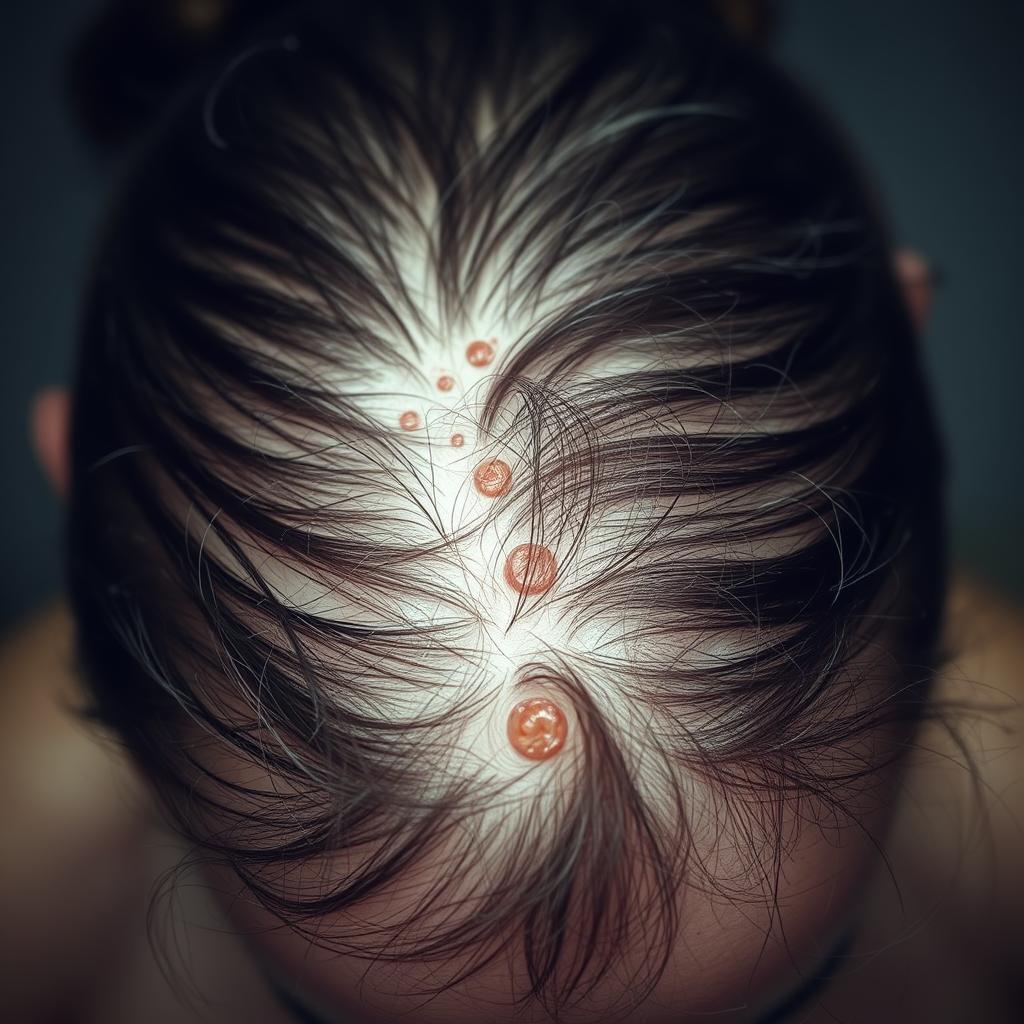
The habit of overwashing your hair could be the unseen reason for your sudden hair loss. Many of us have been led to believe that washing our hair daily is necessary for cleanliness and health, but this frequent washing can actually disrupt the scalp’s natural balance and contribute to hair fall.
Stripping Away Natural Oils
Washing your hair too often, especially with hot water or harsh shampoos, strips away the natural oils produced by your scalp. These oils are crucial for protecting and nourishing your hair. When you remove them too quickly, your scalp becomes dry, and your hair strands become more fragile, leading to increased shedding and breakage.
As Dr. Jane Smith, a dermatologist, notes, “Overwashing can lead to a vicious cycle where the scalp produces more oil to compensate for the loss, resulting in greasier hair and potentially more hair fall.”
Harsh Ingredients to Avoid
Many commercial shampoos contain harsh ingredients like sulfates, parabens, and synthetic fragrances. These chemicals can dry out your scalp, weaken your hair structure, and even trigger inflammation around hair follicles. Ingredients such as sodium lauryl sulfate and ammonium lauryl sulfate are known to strip hair of its natural moisture.
- Sodium lauryl sulfate
- Ammonium lauryl sulfate
- Parabens
- Synthetic fragrances
Finding the Right Balance
Determining the right washing schedule depends on your hair type. If you have oily hair, you might need to wash it every other day. However, if you have dry or curly hair, washing it just 1-2 times a week might be more beneficial. Paying attention to signs like a tight, dry scalp after washing or hair that quickly becomes oily can help you adjust your routine.
Transitioning to a gentler washing schedule may cause temporary oiliness as your scalp adjusts. However, with patience, you’ll be rewarded with healthier hair and reduced hair loss.
As you reassess your hair care routine, remember that this tiny habit might be causing your sudden hair loss. By making a few simple changes, you can promote healthier hair growth and reduce the risk of hair fall.
Nutritional Deficiencies That Trigger Hair Fall
The food we eat plays a significant role in our hair’s health, and nutritional deficiencies can cause unexpected hair loss. A lack of key nutrients can slow down hair growth, weaken hair follicles, and lead to noticeable hair thinning or hair fall.
Essential Nutrients for Healthy Hair Growth
Our hair is primarily made of a protein called keratin. If our body isn’t getting enough protein, it prioritizes other functions over hair growth, leading to weaker strands. Protein deficiency is particularly damaging as it slows down hair growth and makes existing hair brittle and prone to breakage.
Hair growth also depends on vitamins like Vitamin D, Biotin, and Iron. Iron is especially crucial as it helps carry oxygen to the scalp, supporting healthy hair growth. Without sufficient iron, hair follicles don’t get the oxygen they need, leading to weaker hair.
How Diet Impacts Your Hair Follicles
Our diet directly affects our hair’s health. Nutritional deficiencies are a common yet often overlooked cause of hair fall and thinning. When our body lacks essential nutrients, it prioritizes vital organs over hair growth, leading to increased shedding.
- Protein is vital for hair made of keratin, and its deficiency can slow hair growth.
- Iron deficiency affects up to 20% of women and can significantly impact hair health by reducing oxygen delivery to hair follicles.
- B vitamins (especially biotin), vitamin D, zinc, and omega-3 fatty acids play crucial roles in maintaining the hair growth cycle and supporting scalp health.
Signs Your Hair Loss Is Nutrition-Related
Signs that your hair loss might be nutrition-related include overall thinning rather than patchy loss, brittle hair texture, spoon-shaped nails, fatigue, and hair loss that coincided with dietary changes or weight loss. Crash diets and extreme calorie restriction can trigger dramatic hair shedding due to the body entering a stress state and shutting down “non-essential” functions like hair growth.
By understanding the link between our diet and hair health, we can take steps to address nutritional deficiencies and promote healthier hair growth.
Stress and Sleep: The Hidden Hair Loss Culprits
The connection between stress, sleep, and hair loss is more than just coincidental – it’s a complex interplay that can significantly impact your hair’s health. When we’re under constant stress or not getting enough rest, our body’s reaction can lead to increased shedding and thinning hair.
Impact of Chronic Stress on Hair
Chronic stress elevates cortisol levels, which can push hair follicles into the resting phase, leading to a condition known as telogen effluvium. This can result in losing up to three times the normal amount of hair daily. The tricky part is that the effects of stress on hair loss are often delayed, making it hard to connect the cause and effect.
Sleep Quality and Hair Health
During sleep, our body repairs and balances hormones essential for healthy hair growth. Poor sleep quality can reduce blood flow to the scalp, limiting the delivery of nutrients and oxygen necessary for producing strong, healthy hair. Consistently getting less than 7 hours of quality sleep can disrupt this restorative process.
Telogen Effluvium: A Stress-Related Condition
Telogen effluvium is a condition where a large number of hair follicles enter the shedding phase simultaneously due to stress. This usually occurs a few months after the stressful event and can last for several weeks or months. Fortunately, once the stressor is removed and healthy sleep patterns are restored, this condition typically resolves, although the recovery process takes time.
The relationship between stress, sleep, and hair loss creates a vicious cycle – hair loss causes more stress, which further impacts sleep quality, potentially worsening the hair loss. We’ll explore practical stress management techniques and sleep hygiene practices to help break this cycle and support your hair’s return to a healthy growth pattern.
Medications and Treatments That Cause Hair Thinning
If you’re experiencing hair thinning, it’s essential to consider the potential impact of your medications. Certain prescription drugs can lead to temporary hair loss, a side effect that may surprise many people. We often overlook the fact that some medications can cause hair loss.
Common Medications Linked to Hair Loss
Several types of medications have been linked to hair loss. These include blood pressure medications like beta-blockers, cholesterol-lowering drugs such as statins, and certain antidepressants. Additionally, anticoagulants and some arthritis medications can also contribute to hair thinning. It’s crucial to be aware of these potential side effects when taking these medications.
Birth Control and Hormonal Changes
Hormonal birth control methods, including oral pills, skin patches, and implants, can lead to hair thinning in some women. This is particularly true for those containing androgenic progestins, which can trigger or worsen hair loss in genetically predisposed individuals. When you stop taking hormonal birth control, you may experience a temporary increase in hair shedding due to the sudden change in hormone levels.
What to Ask Your Doctor About Medication Side Effects
When discussing your medications with your doctor, it’s vital to ask about potential hair-related side effects. You should inquire whether alternative medications with a lower risk of hair loss are available for your condition. Keeping a timeline of when you started new medications and when you first noticed increased hair shedding can help your doctor determine if there’s a connection.
By being informed and proactive, you can work with your healthcare provider to minimize the risk of hair loss associated with your medications.
Improper Hair Brushing Techniques
The way you brush your hair can significantly impact its health, and it’s time to take a closer look! Brushing too hard or using the wrong tools can lead to breakage, scalp irritation, and unnecessary hair fall. These habits weaken the hair shaft and place strain on the roots, which can trigger gradual thinning or even lead to a type of hair loss over time.
Brushing Wet Hair: A Common Mistake
Brushing wet hair is one of the most common mistakes people make. Hair is at its most fragile when wet, stretching up to 30% beyond its normal length before breaking. This elasticity makes it more prone to damage, so it’s crucial to handle it with care.
Choosing the Right Brush for Your Hair Type
The type of brush you use should match your hair’s texture and condition. Using a stiff-bristled brush on fine or fragile hair can cause more harm than good. For instance, fine hair needs gentle, soft bristles, while thick, curly hair requires wider-spaced bristles that won’t cause tension or pulling.
| Hair Type | Recommended Brush Type | Why |
|---|---|---|
| Fine/Fragile Hair | Gentle, soft-bristled brush | Prevents breakage and tangles |
| Thick/Curly Hair | Wide-spaced bristles brush | Reduces tension and prevents pulling |
Proper Brushing Methods to Prevent Breakage
To prevent hair breakage, it’s essential to brush your hair correctly. Start brushing from the ends and work your way up gradually, holding sections of hair to prevent pulling at the roots. For those with curly or textured hair, brushing only when hair is damp and coated with conditioner can prevent breakage and maintain curl pattern.
By adopting the right brushing techniques and using the appropriate brush for your type of hair, you can significantly reduce hair fall and promote healthier hair. We’ll guide you through making these simple changes to improve your hair care routine.
Unexpected Lifestyle Factors Affecting Hair Health
It’s not just genetics; certain lifestyle choices can surprisingly affect your hair’s well-being. We often focus on the obvious causes of hair loss, but some unexpected factors can significantly impact your hair health. Let’s explore a few surprising contributors to hair loss and what you can do about them.
Smoking and Its Impact on Hair Follicles
Smoking is a well-known risk factor for many health issues, and hair loss is no exception. The thousands of chemicals in cigarettes can damage your hair follicles, restrict blood flow to the scalp, and cause oxidative stress that accelerates aging. Research has linked smoking to male-pattern baldness, and it’s likely to affect women too. Quitting smoking can be challenging, but it’s a crucial step towards healthier hair and overall well-being.
Weight Loss Surgery and Rapid Weight Changes
Rapid weight loss, whether through surgery or extreme dieting, can shock your body and trigger a condition known as telogen effluvium. This type of hair shedding occurs when your body redirects energy away from “non-essential” functions like hair growth. After weight loss surgery, such as bariatric surgery, some people experience significant hair loss due to both the physical stress of the surgery and potential nutrient deficiencies that follow.
How Eating Disorders Contribute to Hair Loss
Eating disorders like anorexia nervosa and bulimia nervosa can have a devastating impact on your hair health. The caloric restriction associated with these conditions signals your body to conserve energy by shutting down hair growth, leading to thinning and shedding. Additionally, specific nutrient deficiencies directly impact hair structure, further contributing to hair loss. Proper treatment and care for eating disorders, along with addressing nutrient deficiencies, can help prevent and reverse associated hair loss.
Other lifestyle factors that can affect your hair include yo-yo dieting, which can stress your body and disrupt hormonal balances, and environmental factors like pollution and chlorine from swimming pools, which can damage your hair and scalp. If you’ve experienced significant weight changes or are recovering from an eating disorder, consulting with a doctor can help address specific nutritional needs to support hair regrowth.
- Smoking damages hair follicles and restricts blood flow to the scalp.
- Rapid weight loss can trigger telogen effluvium, a type of hair shedding.
- Eating disorders can lead to hair loss due to caloric restriction and nutrient deficiencies.
- Yo-yo dieting and environmental factors like pollution can also impact hair health.
Professional Treatments for Hair Loss
When it comes to addressing hair loss, professional treatments can be a game-changer. These treatments offer targeted solutions that not only stimulate hair regrowth but also prevent further thinning.
F8 Hair Regrowth Treatment
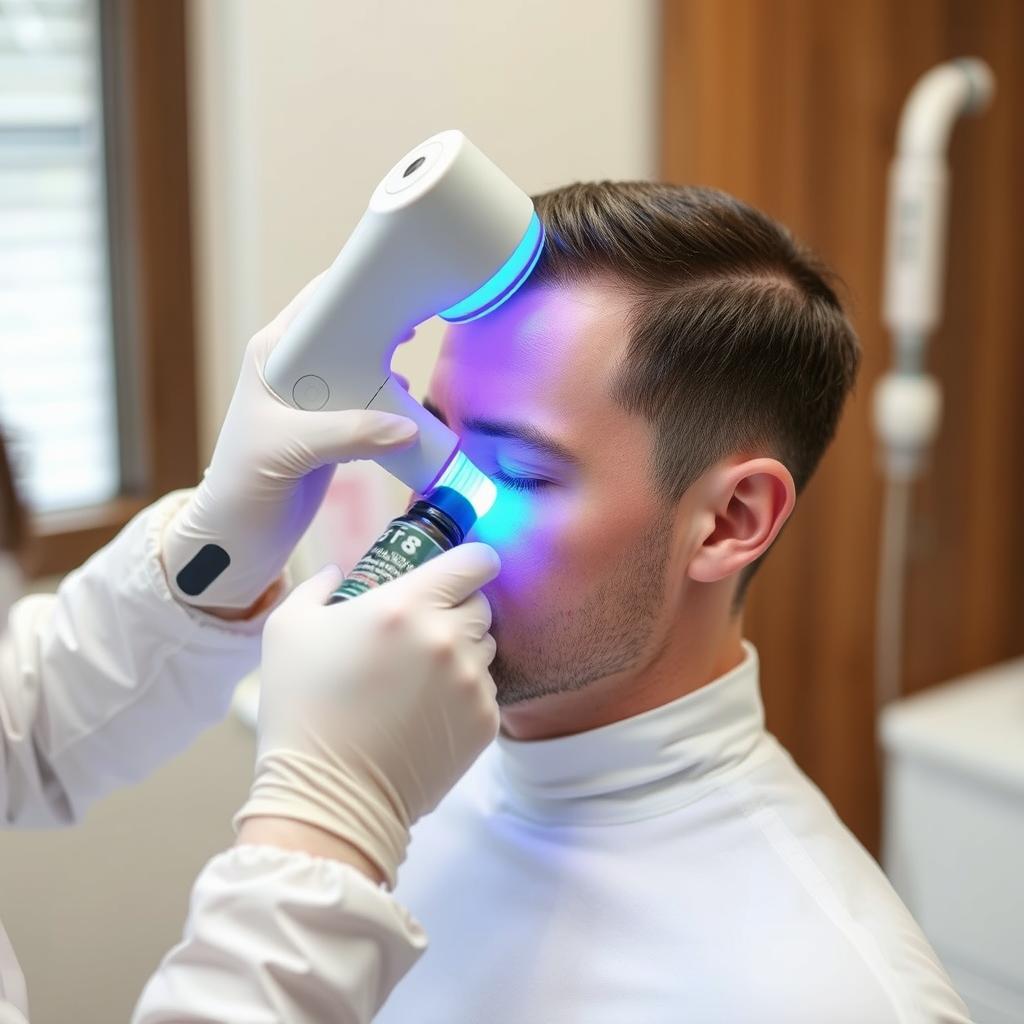
The F8 Hair Regrowth Treatment is a non-invasive procedure that utilizes low-energy laser technology combined with a specialized hair growth serum. This dual-action approach stimulates dormant hair follicles, improves scalp microcirculation, and creates an optimal environment for new hair to grow.
Medical Interventions: Minoxidil and Finasteride
For individuals with androgenetic alopecia (pattern hair loss), FDA-approved medications like minoxidil (Rogaine) and finasteride (Propecia) are frontline treatments. Minoxidil prolongs the growth phase of hair, while finasteride blocks DHT, the hormone responsible for follicle miniaturization. Consulting with a doctor who specializes in hair loss is crucial to determine the most appropriate treatment approach.
Platelet-Rich Plasma (PRP) Therapy
PRP therapy has gained popularity as a treatment that harnesses your body’s own growth factors to stimulate hair growth. A small amount of blood is drawn, processed to concentrate the platelets, and then injected into the scalp to promote regrowth.
By exploring these professional treatments, individuals can find effective solutions to address hair loss and achieve healthier, fuller hair. It’s essential to start treatment early to maximize the potential for successful regrowth.
Conclusion: Simple Changes for Healthier Hair
Simple changes can make a significant difference in promoting healthy hair growth. By being gentler with your hair, nourishing your body, managing stress, and prioritizing quality sleep, you can help prevent hair loss and support a healthier scalp. We’ve explored various factors contributing to hair loss, from styling habits to nutritional deficiencies. By making these simple adjustments, you can create a conducive environment for hair growth. If you continue to experience excessive shedding, consider consulting a doctor to rule out underlying medical conditions.
